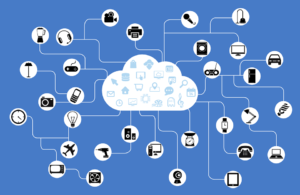The cloud billing market is increasing in popularity today for businesses across the globe. In addition to benefits such as improved security and mobility, users are using the services to meet compliance requirements and have access to modern business tools not offered with traditional billing software.
According to the latest research findings, the cloud billing market is expected to reach $23100 million USD by the end of 2023. This represents a CAGR of 23.9% from 2017.
We won’t go into too much depth about how businesses can easily cut costs and simplify processes with cloud billing since we cover it in- depth in most of our blog posts, but we wanted to specifically cover the key features offered from Subscription DNA that provide a competitive advantage for businesses looking to make the move to the cloud.
Our Subscription Cloud Billing Platform is designed specifically for the unique needs of subscription-based businesses.
We understand that many of these are new start-up and small or growing businesses so we offer different package options to meet those needs. Factors including the number of subscribers, how much the subscription costs and other transaction agreements are used to ensure you’re getting the best cost for services.
The great benefit of the cloud of course is that as you grow, your billing services can too.
We offer so much more than just a platform to process billing. You also get automation tools for sign-up, subscribing and expiring users of your services, you can set-up recurring billing, and have secure token payment options.
You’ll also gain access to our reporting tools to quickly mine and analyze data, send out email auto responses, and more.
Want to learn more? We’d be happy to chat with you about all the benefits cloud billing can bring to your business model. Give us a call today!


